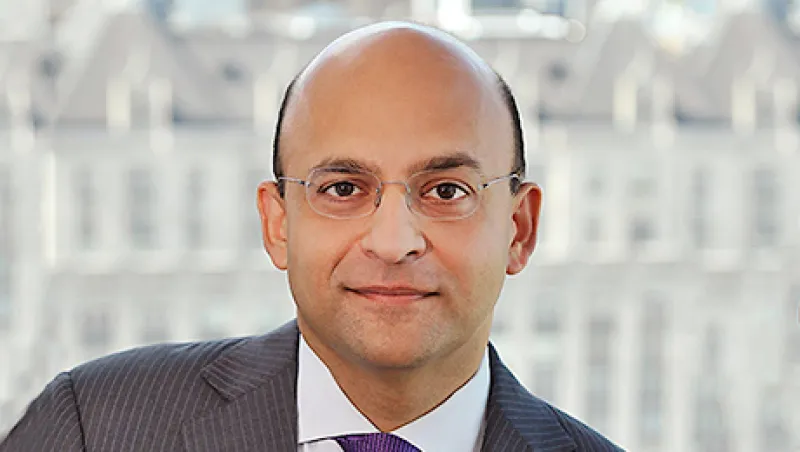Emerging markets will continue to drive global growth, but investors will have to change the approaches they use if they want to continue to profit from these dynamic markets, according to new research that will be released this week from PGIM, the asset management arm of Prudential Financial.
Taimur Hyat, chief strategy officer of PGIM, says investors will no longer be able to bet on emerging markets as a whole, but will instead need to rotate their investments across foreign exchange, fixed income, equities, countries, and local currencies among other factors.
“For the last 40 to 50 years, emerging markets have grown on the coattails of the developed world, but that’s over,” says Hyat. PGIM says portfolios need to be built from bottom-up securities selection as opposed to by country or region.
The PGIM research, which has been underway for about a year, identifies several new areas that investors should focus on, whether directly or through the managers they employ. Hyat says broad market index investing, for one, will no longer work.
“On the fixed income side, for example, investors end up buying the most indebted countries in the world,” he says. “In a world of divergence between emerging markets and in a world where individual markets are not being pulled by the same developed-markets growth story, you can’t be stuck in an index.”
Institutional investors may be able to benefit from a gradual re-rating that is taking place in emerging markets debt, according to the PGIM research. Hyat says that move is happening because these economies are more resilient — with a more diverse set of growth drivers, including demand from their own populations for goods and services — and the markets are less subject to contagion risk, or the risk of meltdowns in neighboring countries.
“The low contagion risk and high resilience of these countries hasn’t been priced into securities,” he says. PGIM also says investment opportunities in emerging markets are centered around trade between these countries — not with the developed world — and the emergence of new industries, such as travel and tourism, among the middle classes.
When it comes to technology, PGIM says the best opportunities, especially in financial tech, will be in the more digitally advanced countries such as Brazil, China, and India. In these countries, technological innovations will allow people to avoid building expensive physical banks and other institutions in some cases. The best opportunities will be in e-commerce, as well as the distribution and other infrastructure that online services require, such as warehouses and logistics.
Hyat stresses that institutional investors are best positioned to take advantage of other emerging markets transitions, such as the maturing of local bond markets, and potential new offerings, such as securitized debt. The real estate sector also is expected to formalize, offering institutions access to some domestic deals for the first time.
Despite enormous opportunities, Hyat says investors still ask him about the right entry and exit points in emerging markets as well as rising geopolitical risks.
“But if you have a growth-seeking component to your portfolio, investing in just developed markets won’t cut it,” he says.







